Cork dad's death has left an unfillable void
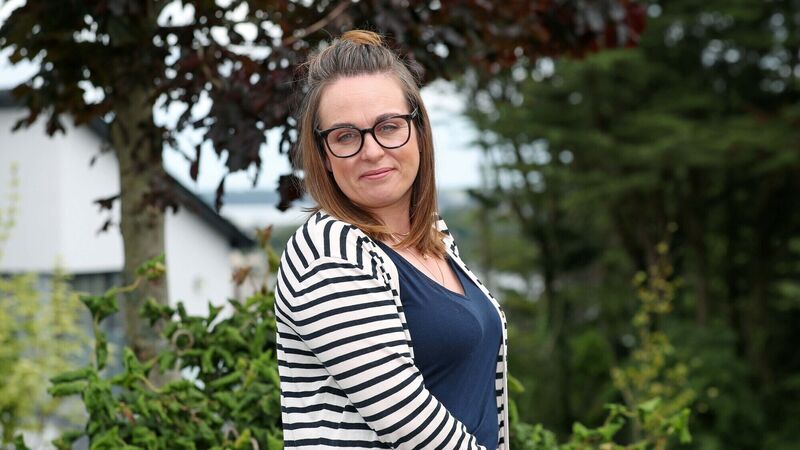
Cliona Murphy, from Passage West, Co. Cork.
Picture: Jim Coughlan.



BETTER UV protection and new treatments are the only way to achieve 100% survival for all skin cancers, so says Breakthrough Cancer Research.
They have launched a new campaign called ‘Let’s get to 100% together’.
The campaign comes also as they announce a new skin cancer treatment could be available by November.
As part of the new campaign, the cancer research charity is urging SunSmart behaviour and better UV awareness.
Anna Geary and David Gillick have come on board to highlight that particular care is needed for outdoorsy and sporty people.
A recent survey by Breakthrough Cancer Research has found a lack of sun care and UV awareness - 73% of Irish adults patch burn regularly. While 2% do not know the UV index at which they should wear sunscreen.
Meanwhile only 45% of people have sought medical advice for an area of skin they are worried about.
The new national awareness campaign warns about the importance of protecting skin from UV damage 100% of the time.
In Ireland the number of skin cancer cases have doubled in the last decade and continue to rise. We have the highest mortality rate from melanoma in Europe.
Breakthrough is calling on people to increase their UV awareness and be vigilant when applying sunscreen, to ensure they achieve 100% coverage. Using UV technology, the charity is highlighting the hard to reach and often missed areas that result in patch burning, such as the back of the neck, ‘widows peak’, tip of the nose, ears and the lower legs.
They have also stressed that sunscreen should be the last line of defence against skin cancer, as SunSmart behaviour starts with staying in the shade, covering up, and wearing sunglasses and hats.
In addition to raising awareness about the need for 100% protection against UV, Breakthrough continues to fund pioneering research for innovative new treatments that help to improve the survival outcomes for those who have already been diagnosed.
The charity gave the green light to an exciting new skin cancer research project just this month. The novel chemo-free non surgical treatment for skin cancers uses calcium instead of chemotherapy and could be available for patients in a clinical trial, initially in Cork, as early as November. The hope is that this non-toxic but highly effective treatment can be delivered to outpatients. However, the charity needs to raise €100k to continue to fund this new life-saving research, and are calling on donations from the public to help more people to survive sooner. You can donate directly at breakthroughcancerresearch.ie.
Commenting on the campaign and new research, Orla Dolan, CEO of Breakthrough Cancer Research, said: “We’re calling on the public to do everything they can to protect themselves properly, while we work on new treatments.
“Our survey had some very worrying results about understanding around prevention and a lack of awareness about UV in Ireland.
“Many were unaware that UV radiation, which is omitted naturally from the sun and is the main risk factor for skin cancers, is not related to heat and can even penetrate through cloud”, Orla continued.
“Sunscreen should be your last line of defence – it’s important to stay out of the sun and cover up when outdoors particularly between 11-3 every day from April to September when the UV index is over 3.
“We have put some helpful tips on our website to help people become more SunSmart and UV aware. Most of us know to use sunscreen to stay safe but it’s important not be careless.”
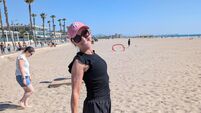
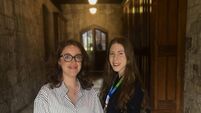


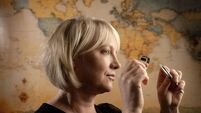

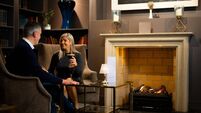
 App?
App?


